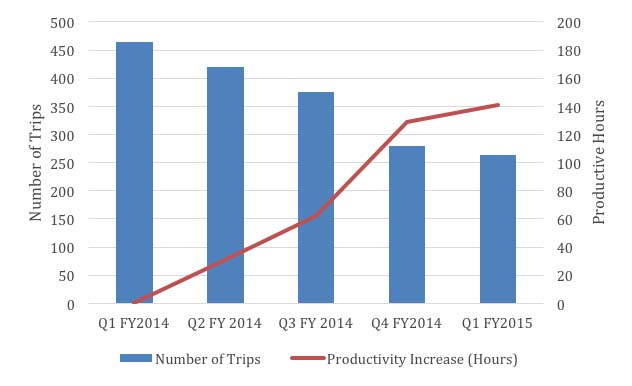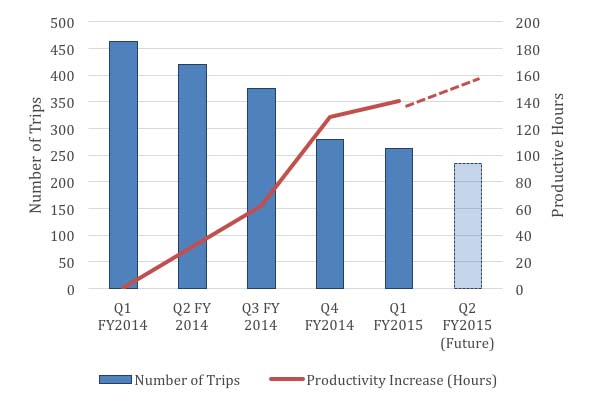Taking Reports to the Next Level
I've written in past columns about the importance of measures and metrics — how not to get overwhelmed by data, thinking strategically about metrics, and how to report different types of data. Now it's time to reach further into the creative side of reporting.
As my mother says, "It's not what you say. It's how you say it." She was talking about inter-family dynamics, but her axiom, remarkably, holds true for maintenance and engineering management dynamics. The data in maintenance and engineering management reporting is very important. The way managers present the data is even more important.
The purpose of a management report is not just to convey information but to engage the reader in what has been achieved and the future direction of the management team. Not only can managers use it to display accomplishments. It is also a means of defining next steps and the necessary steps to get there. This is especially important when the next steps involve procuring financial, programmatic, and staff resources.
Who Is The Audience?
A good report relies on good data. A great report connects the reader with the message in an engaging and memorable way that causes the reader to act. How does a manager do that?
First, consider the report's audience. Who will read the report, and what do you need them to know? Take advantage of the framing effect, which describes the way that different ways of presenting the same information can bring out different emotions, decisions, and outcomes.
One of the classic illustrations is in food packaging in which respondents are asked which they would rather buy: meat that is 85 percent lean or meat that is 15 percent fat. Both products are exactly the same, but respondents recoiled from the idea of a percentage of fat and instead prefer to focus on the lean product. Somehow, that conclusion seems healthier and to most, more desirable. That is the power of the framing effect.
In the context of a management report, managers need to convey information in a way that the recipient can most easily connect and relate to their own experiences. Tuning the message to the audience keeps reporting relevant.
Let's assume the audience is the organization's executive leadership team. The manager needs to frame facility metrics in terms of the goals and initiatives they care about. For example, if the organization has a goal to increase productivity, a manager might have an initiative to streamline the process for materials procurement. The metric could be the number of trips saved or technician hours saved. The report would then show that information through a productivity frame. See Figure 1.

Figure 1. Streamlining Materials Procurement Improves Productivity. The materials procurement streamlining initiative increased productivity by 148 hours (18.6 staff-days) since the first quarter of the 2014 fiscal year. |
Second, how does the manager want the audience to respond? The report is a powerful tool managers can use to gather support for future initiatives. In the example of the materials procurement streamlining process, a manager might ask for additional support to further reduce technician trips. In terms of a goal, a manager might indicate something similar to Figure 2.

Figure 2: The goal for the second quarter of the second quarter of the 2015 fiscal year is to increase productivity to 160 hours, or 20 days. This will free up one month of a technician's time each quarter to work on maintenance activities. We will need to outsource additional materials delivery tasks to our vendors to reach this goal. |
Related Topics:















